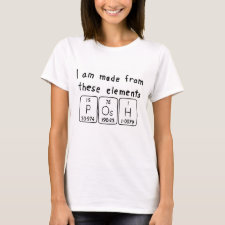
Authors: He J, Huang J, He YH, Cao P, Zeller M, Hunter AD, Xu ZT
Article Title: A Boiling-Water-Stable, Tunable White-Emitting Metal-Organic Framework from Soft-Imprint Synthesis.
Publication date: 2016
Journal: Chemistry - A European Journal
Volume: 22
Issue: (5)
Page numbers: 1597-1601.
DOI: 10.1002/chem.201504941
Abstract: A new avenue for making porous frameworks has been developed by borrowing an idea from molecularly imprinted polymers (MIPs). In lieu of the small molecules commonly used as templates in MIPs, soft metal components, such as CuI, are used to orient the molecular linker and to leverage the formation of the network. Specifically, a linear dicarboxylate linker with thioether side groups reacted simultaneously with Ln3+ ions and CuI, leading to a bimetallic net featuring strong, chemically hard Eu3+-carboxylate links, as well as soft, thioether-bound Cu2I2 clusters. The CuI block imparts water stability to the host; with the tunable luminescence from the lanthanide ions, this creates the first white-emitting MOF that is stable in boiling water. The Cu2I2 block also readily reacts with H2S, and enables sensitive colorimetric detection while the host net remains intact
Template and target information: CuI
Author keywords: host-guest systems, imprinting, Metal-organic frameworks, sensors, template synthesis



Join the Society for Molecular Imprinting

New items RSS feed
Sign-up for e-mail updates:
Choose between receiving an occasional newsletter or more frequent e-mail alerts.
Click here to go to the sign-up page.
Is your name elemental or peptidic? Enter your name and find out by clicking either of the buttons below!
Other products you may like:
 MIPdatabase
MIPdatabase









